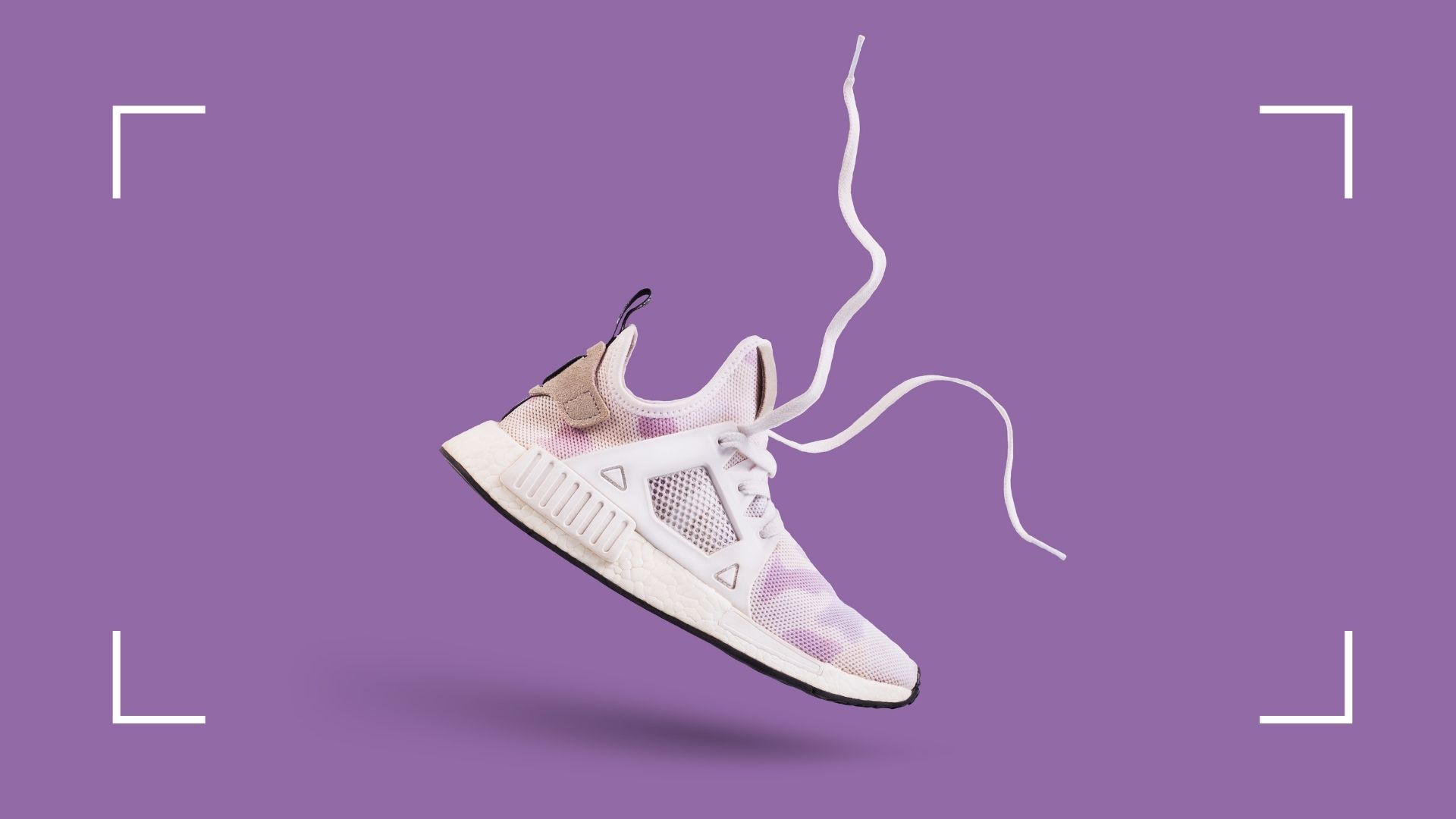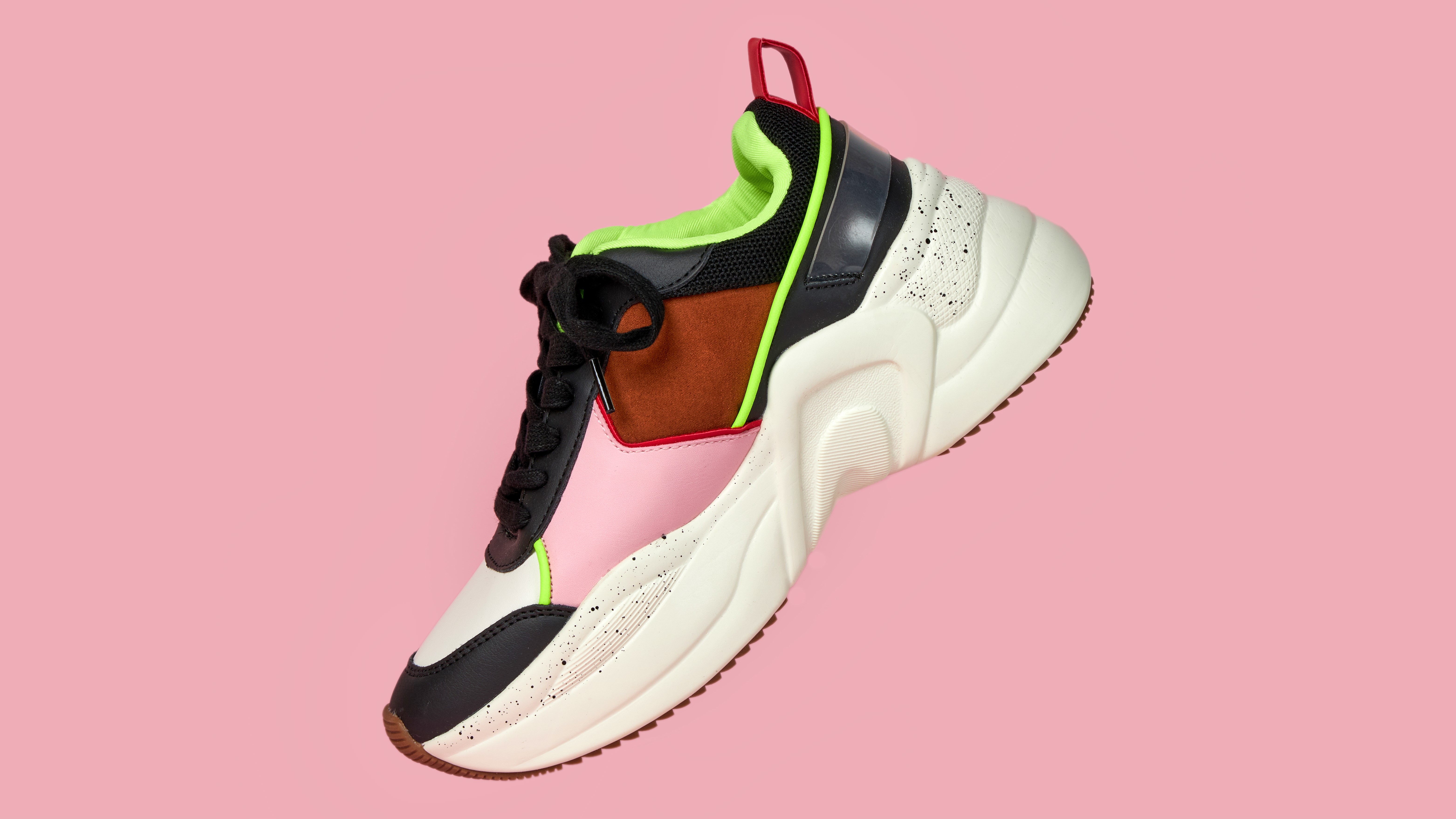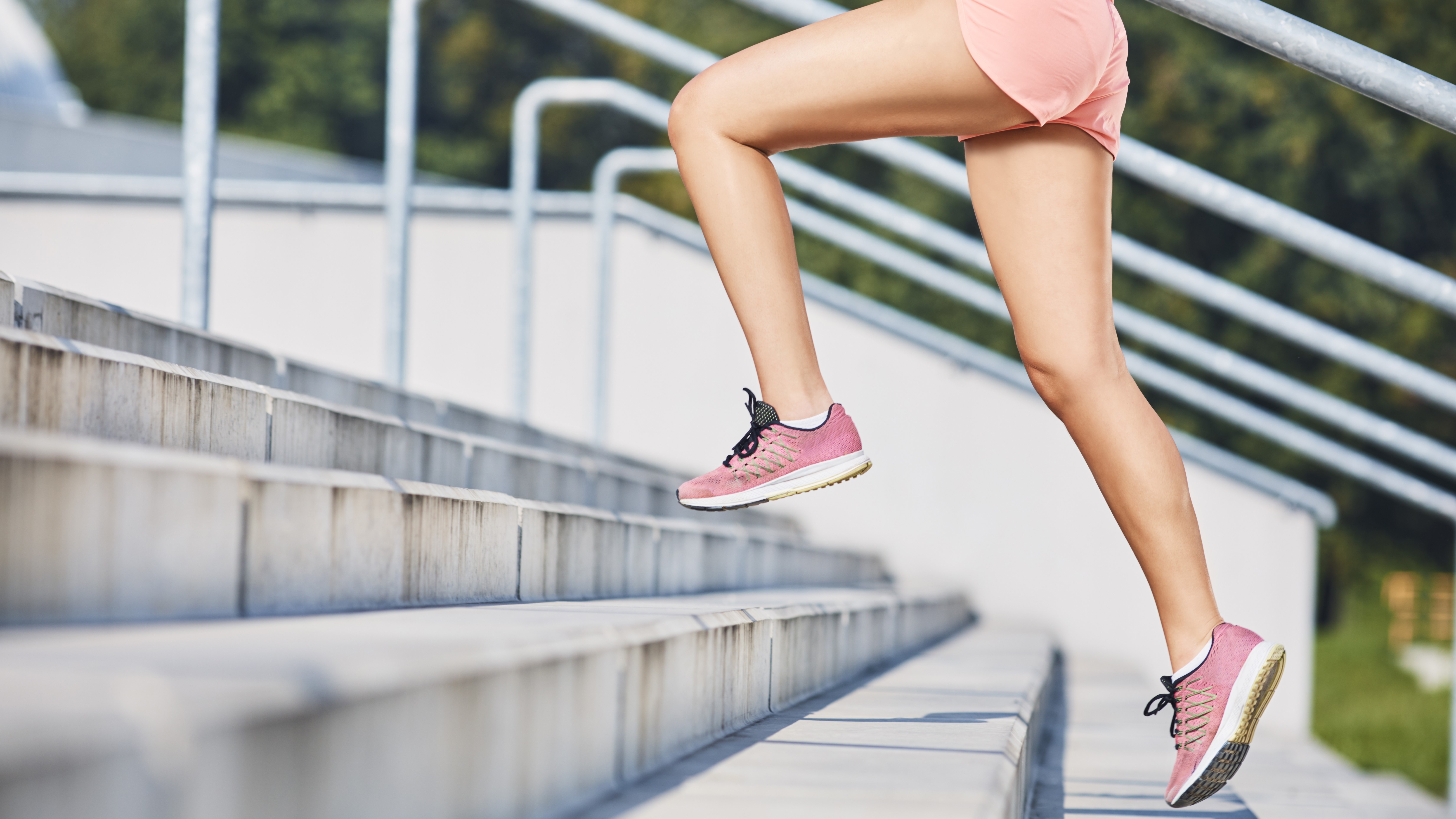How a running gait analysis could improve your technique and make you a better runner
Plus, how to find the best running shoes for you depending on your pronation results


With the help of a running gait analysis, you'll be on your way to finding the perfect running shoes for you, becoming a better runner, mastering your technique, and hitting a new PB.
The benefits of running for women over 50 are endless. It can help you lose weight or maintain weight, build strength (which is essential as we age and lose bone density and muscle mass), and improve heart health. What's more, the cardio workout will boost feel-good endorphins and have you feeling strong and powerful. It's a great all-rounder and better yet, it's free if you're an outdoor runner.
However, despite all the benefits, due to its high impact nature running can be tough on joints and if you haven't nailed your technique, it can increase your chances of injury. This is where a running gait analysis comes in. Whether you're a newbie or a pro, a running gait analysis can help improve your technique and reduce your chances of injury. Plus, it will point you in the direction of the best running shoes for you (see our guide to the best running shoes for women for more inspo).
So, what exactly is a running gait analysis? We asked running experts for the low down. And, if you can't make it to your local running store, one of our experts has shared a hack for how to do an at-home gait analysis.
What is a running gait analysis?
Simply put, your gait is the pattern of how you move. A running gait analysis is an in-depth look at how you move as you rack up those miles. This can help you learn more about your running style and technique, and be super beneficial when it comes to shopping for running shoes and learning how to start running.
Michael Campbell, Physiotherapy Case Manager, from Bupa Health Clinics, explains what happens during a running gait analysis:
- During your analysis with a specialist, you'll discuss any problems you're having, how you currently train and what your goals are.
- You'll then be asked to perform a series of basic movements like squats and lunges so that your specialist gets an idea of your form and how you move.
- They may then gently move your joints and muscles to gauge their flexibility, along with identifying any areas of weakness.
- As you walk across the room or run a treadmill, a camera linked to specialized computer software will record your gait.
- Your specialist may use the findings from their assessments to recommend exercises to address any issues they’ve identified.
What does a running gait analysis reveal?
No matter your age, experience or fitness level—whether you're a sprinter or a jogger, a couch to 5k first-timer or a seasoned marathon runner (see our guide to how to run a marathon if you're tempted)—every runner should have a gait analysis because it can:
Sign up for the woman&home newsletter
Sign up to our free daily email for the latest royal and entertainment news, interesting opinion, expert advice on styling and beauty trends, and no-nonsense guides to the health and wellness questions you want answered.
- Indicate areas of weakness
- Help reduce risk of injury
- Benefit running style and technique
- Indicate support needed in shoes
- Reveal your degree of pronation
- Help you find the best shoes for you
Running is a high-impact activity that puts lots of pressure on joints. As we age, we also lose bone density which is why strength training for women during and after menopause is so important to build muscle and combat bone loss, while also reducing the chances of injury and risk of osteoporosis. This is where a gait analysis comes in. It can help prevent injury by indicating areas of weakness, providing you with information on the level of support you need in your running shoes, and your degree of pronation.
Pronation when running: Three degrees of pronation

One of the main focuses of running gait analysis is to identify your degree of pronation, the experts at SportsDirect tell us. This is the natural movement of the foot as it rolls inward upon impact. "If your footwear doesn’t support your stance properly, it may be causing extra stress on your feet, legs and knees that can potentially lead to pain and injury," says Campbell. "A gait analysis can help to give you insights on your form and advise you on ways to improve your performance."
All of this information will help you find the best running shoes for you—so you can hit the pavement or the treadmill (see our thoughts on running on a treadmill vs outside if you're weighing up this dilemma)
Your degree of pronation falls into three categories:
1. Neutral pronation
What is it?
Sometimes referred to as 'normal' pronation, this is when your foot's arch is of medium height, allowing it to roll in and push off in a balanced way. This means you're less likely to put a strain on your legs, feet, and knees as your feet evenly absorb shock as they hit the ground.
How to choose the best running shoes for neutral pronation
Luckily, if you have a neutral degree of pronation there is a wide selection for you to choose from. "Most running shoes on the market are catered to neutral pronation," says Campbell. "You don't need to look for shoes that offer extra cushioning or support, as your foot is flexible enough to distribute your weight evenly."
2. Overpronation
What is it?
Overpronation happens when the inner side of your foot rolls in for longer than it should. If your foot continues to roll inwards after it hits the ground (when it should be pushing off) this causes your knee, shin, and foot to twist internally or inward, which can potentially lead to pain in these areas.
How to choose the best running shoes for overpronation
There are a few features to look out for in your next pair of running shoes if you overpronate. Campbell tells us these include a firm, light and wide sole, straight or semi-curved shape shoe, extra cushioning and shock-absorbing properties. "You could also look at an orthidic insole designed for overpronation to further support your foot's arch," Campbell adds.
3. Under pronation
What is it?
Sometimes referred to as supination, this is when the outer edges of your foot take most of the pressure as you walk. If you're an under pronator, the outside edges of your shoes will be especially worn.
How to choose the best running shoes for under pronation
To combat under pronation there are a few key features to look for in running shoes, these include lightweight shoes with extra cushioning and plenty of room in the toe box. Some trainers are made for supination so look out for this on the label. You can also wear insoles designed for under pronators.
How to do a running gait analysis at home
As well as having a gait analysis done at a specialist running store by a professional, you can also do your own at home. "Although it must be noted that it's not always reliable and any gait analysis is best carried out by specialists," adds Campbell.
However, if you're short on time and just about to hit 'add to cart' and bag yourself a bargain in a running shoes sale, then you can try this trick at home.
- Wet your feet and step onto a dry surface such as a piece of paper, a towel or a bathmat—this will help indicate how the arch of your foot sits against the floor.
- Step off the dry surface and look at the print you've left.
- Overpronators tend to have flat feet and so in this scenario will see the imprint of the entire edge around the foot. They might also notice calluses on the side of the foot near the base of the big toe.
- Under pronators will see that their footprint barely shows an arch and mainly shows their toe and heels. This is because under pronators have a high foot arch.
- Neutral pronators may see a clear imprint of the whole foot, aside from the inner arch (the space between the big toe and the ball of the foot).
Where to get a professional running gait analysis?

Specialist running stores and physiotherapy clinics are the best place for an in-person running gait analysis. The experts at SportsDirect recommend having a gait analysis every time you change your running shoes (roughly every 500 miles) to see if there are any changes to your gait.
In the US
- Dick's Sporting Goods—offers in-store gait analysis and personalized running shoe recommendations.
- Jack Rabbit—using a treadmill, you can get an in-store gait analysis before deciding on which running shoes to invest in.
In the UK
- Sports Direct—offers a range of services including running gait analysis and sports bra fittings by trained specialists.
- Runners Need—offer a free 30-minute video gait analysis to recommend the best running shoes for you.
w&h thanks Michael Campbell, Physiotherapy Case Manager, from Bupa Health Clinics and the Sports Direct's experts at the London Oxford Street flagship store for their time and expertise. and Paul Freary owner of specialist running store Run Preston.
Ciara McGinley is a meditation practitioner and health journalist. She qualified as a meditation teacher with the British School of Meditation in 2020 and is the founder of Finding Quiet, a series of classes, workshops and retreats that combine meditation practices and mindfulness techniques to make mindful living realistic in an always-switched-on modern world. She is all about bettering that mind-body connection but believes wellness looks different to everyone.
Ciara is also the former Health Channel Editor at woman&home and has covered all things health and wellbeing for years, from fitness to sleep to relationships.
-
 Pistachio green colour trend: 11 ways to use this trending hue in your home
Pistachio green colour trend: 11 ways to use this trending hue in your homeThis delicious soft shade is everywhere right now
By Jayne Cherrington-Cook
-
 The Handmaid's Tale: Does June get Hannah back at the end of season 6?
The Handmaid's Tale: Does June get Hannah back at the end of season 6?It's been June's endgame from the very first moments of The Handmaid's Tale, but will she be reunited with her daughter Hannah at the end of season 6?
By Lucy Wigley